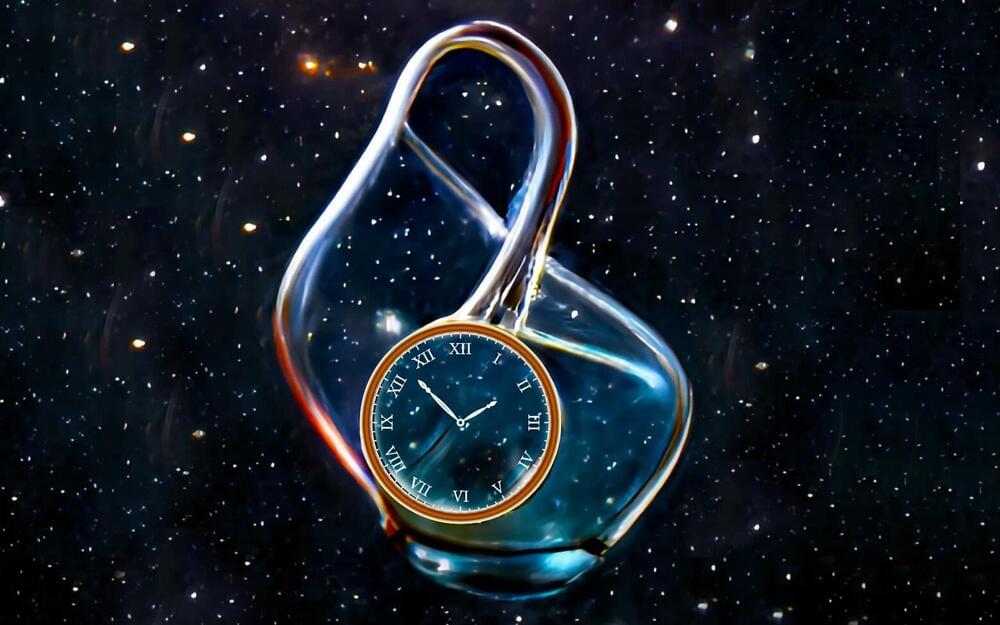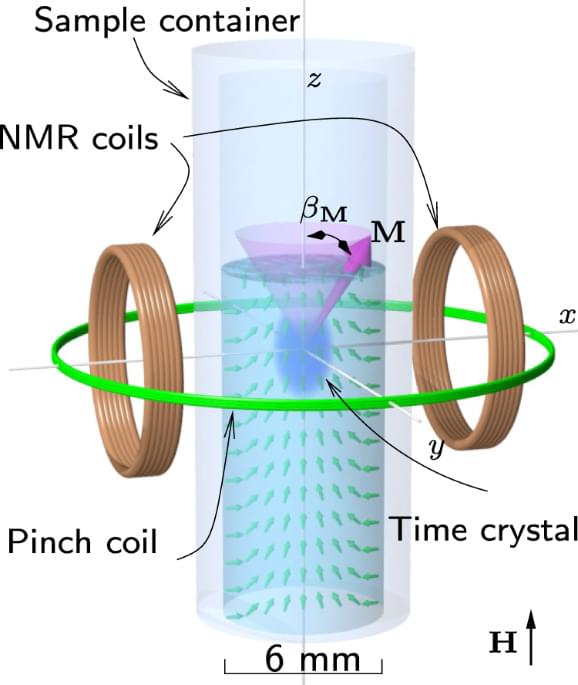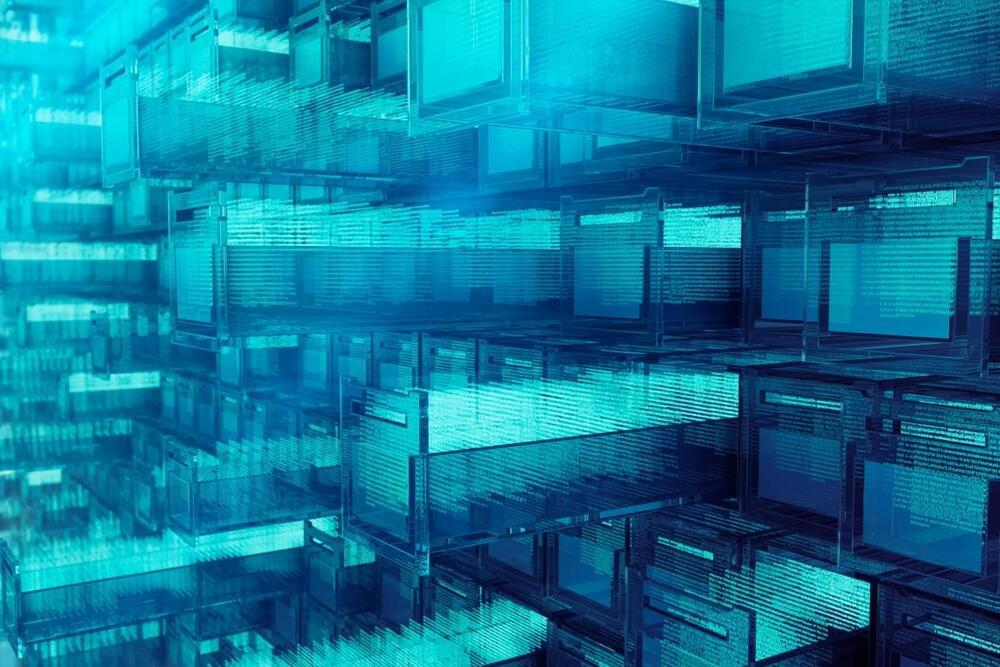Researchers may have made a massive breakthrough in quantum computing. According to a new study published in Nature Nanotechnology, researchers may have discovered a cheaper way to push large-scale quantum computers.
Quantum computing is an intriguing field that has seen quite a bit of growth over the past several years. However, there’s still a lot holding back the massive computers that researchers are working with – namely, their size and the sheer amount of control required to keep large-scale quantum computers running smoothly.
That’s because the larger you make a quantum computer, the more quantum bits, or qubits, it requires to run. And the entire idea of a quantum computer requires you to control every single one of those qubits to keep things running smoothly and efficiently. So, when you make large-scale quantum computers, you end up with a lot of processing power and a lot more qubits to control.








